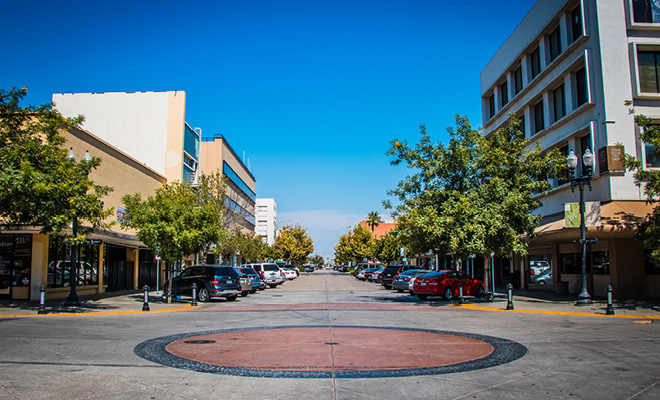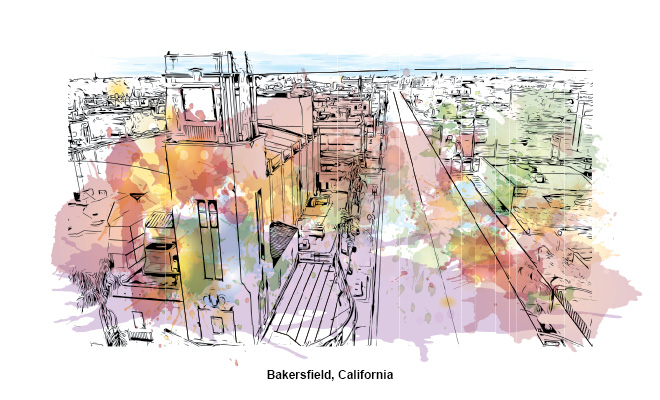A Race to Zero

Sam came here to earn his master’s degree in engineering. Cristo loves the Dodgers and Raiders and has a daughter who went on to become a lawyer. Frank is excellent at chess. Deborah fills her time with podcasts. Each of these may sound so relatable, but each of these individuals has fallen through the cracks of our society and has become part of the growing homeless population in Orange County. A former homeless shelter volunteer in Santa Ana explained that homelessness doesn’t always look the way you might expect, but true healing comes through building genuine relationships and “learning people’s names.” It immediately reminded me of a quote from Dale Carnegie that states, “A person’s name is to him or her the sweetest and most important sound in any language.” I discovered this relational approach is a common theme in both the work currently being done in my local Orange County community and in the success of Kern County, which eliminated homelessness altogether.

So how exactly did Bakersfield and Kern County end homelessness? They were helped along the way by a few organizations. First, the Build for Zero Movement is finding success in dozens of communities across the country. There are currently 84 communities nationwide attempting to tackle the ever-present struggle to end homelessness under this program. Their goal is to count down to zero, rather than count up to meet simple housing figures. To do this, they work with the existing civic structures and employ real-time, person-specific data to guide their efforts. To date, 47 of these communities have reduced their homeless population, with 17 reaching “functional zero” in either chronic or veteran homelessness. Functional zero is a term that means a city or community has reached less than 0.1% homelessness in their population.
Second, these efforts were joined by the Continuum of Care, a program designed to provide funding for the re-housing and relocation of people experiencing homelessness. They give access to programs that help promote self-sufficiency and to reduce the trauma that dislocation may cause.
In Bakersfield, their efforts began in earnest once they established their by-name list (a list of every person experiencing continuous homelessness within their community). Every key player received monthly “Race to Zero” emails reporting on the status of their efforts. They could track exactly how many people were being housed per month to guide their ongoing work. They tried big things, like holding a summit to bring together local landlords; and small things, like fine-tuning improvements to create more efficiency among different agencies. In the homestretch, Kaiser Permanente stepped in to create a flexible funding pool to apply to small, unique cases to reach functional zero. It took countless people, organizations, and techniques to reach this milestone, and requires great effort to maintain.
We interviewed the Director of Workforce Development for the homeless population at OC United for further insight into our own communities. He emphasized, “There’s no one reason people get into homelessness, and there won’t be one way for people to get out.” With no one-size-fits-all solution, the magic and success come when multiple people from various organizations join to create a coalition to ensure people like Sam and Cristo find a place to call home.
Stay tuned for Part 2 of this blog where we dive into more about the work being done around California to help with homelessness and how this success story can continue to replicate itself. For more information about the success of Bakersfield and Kern County, see the following SOURCE.

This blog is a collaborative piece from Abigail Burdick and co-writer Connor Chelwick.




Leave a Reply